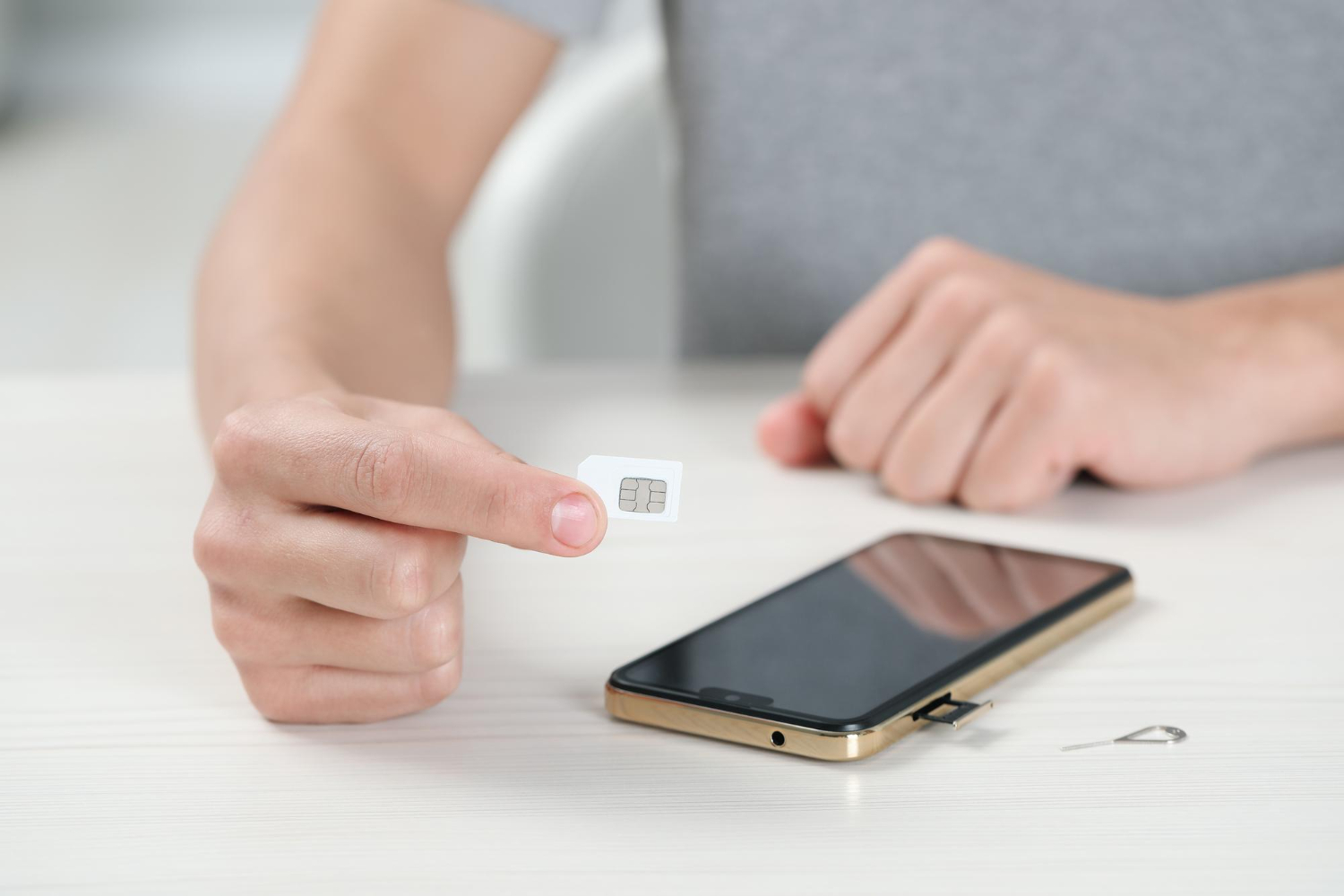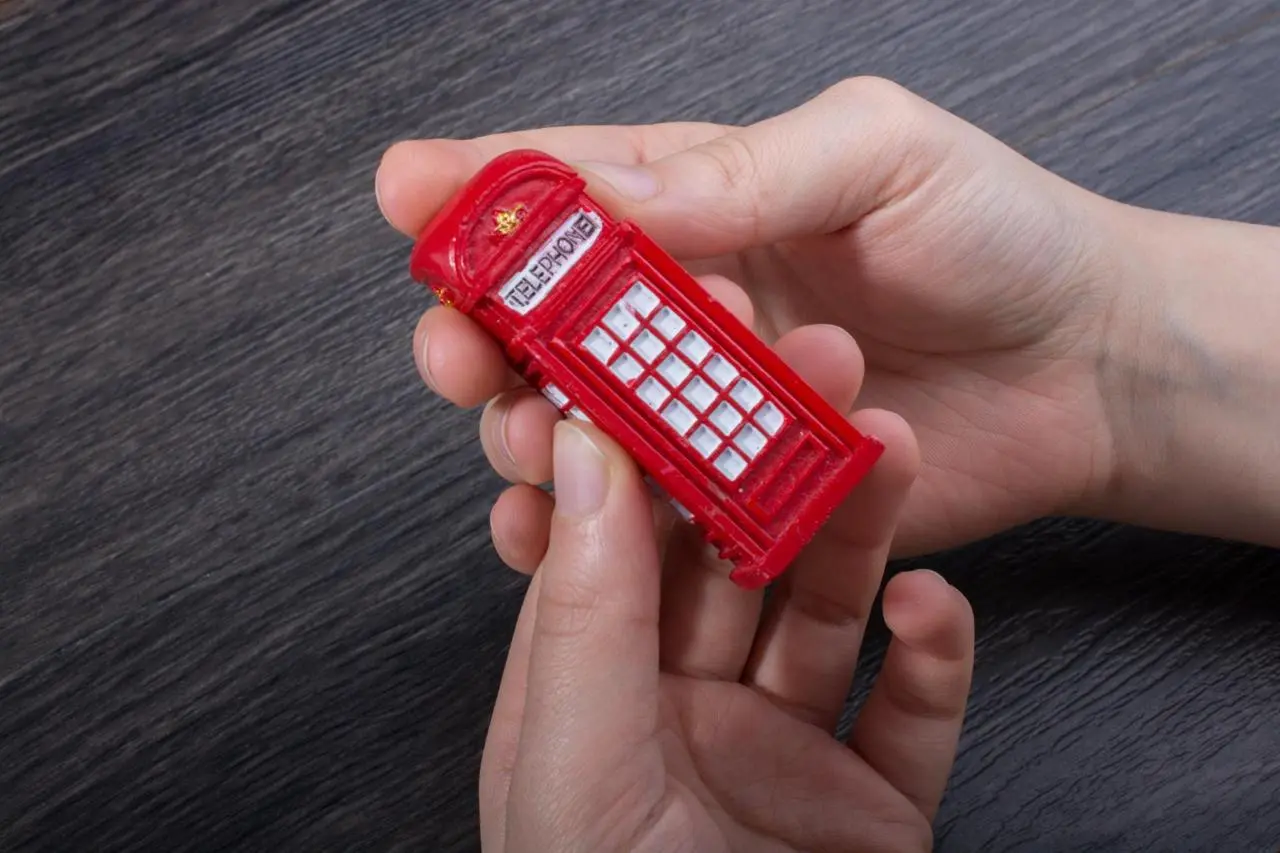611 is a North American service code that directly connects users to their mobile carrier’s customer support for network, billing, or account issues. It’s free to use and works across most traditional networks but not always with VoIP systems. As telecom evolves, AI and VoIP platforms like CallCooee are transforming how users get support offering faster, app-based solutions that go beyond the classic 611 call.
If your phone ever acts up or your network seems off, you’ve probably dialed 611 a short, easy-to-remember number that connects you straight to your wireless provider’s customer service.
It’s one of the most widely used service codes in North America, yet most users don’t fully understand how it works or when it’s best to call. This guide breaks down what 611 really is, who operates it, and what alternatives exist for VoIP and business communication systems in 2026.
1. What Does 611 Mean?
611 is a North American N11 service code designated for customer service and repair assistance with your mobile or landline provider.
When you dial 611, your call is automatically routed to the customer care department of the carrier you’re using such as AT&T, Verizon, T-Mobile, or Rogers.
It’s not an emergency number (like 911) but rather a customer-help shortcut for:
- Network troubleshooting
- Billing issues
- Account or plan inquiries
- SIM card problems
- Device setup help
2. Who Operates 611 Calls?
Unlike 911 (which is run by public emergency systems), 611 is managed by individual telecom providers. Each company decides:
- How to route the call internally
- Which department it connects to
- What services are supported through 611
Here’s a quick look at how some major carriers handle it:
- AT&T: Connects you directly to customer care or automated troubleshooting.
- Verizon: Offers billing, device, and service support.
- T-Mobile: Provides live customer assistance 24/7.
- Rogers (Canada): Directs you to account management and technical help.
Because there’s no universal system, 611 calls behave differently depending on your network.
3. When Should You Dial 611?
Use 611 for non-emergency issues related to your mobile service. Here are the most common situations where it’s helpful:
3.1 Network Problems
If you’re dealing with weak signals, dropped calls, or slow mobile data, 611 routes you to the provider’s technical support team for troubleshooting.
3.2 Billing and Payments
You can check your current balance, update payment methods, or get help with billing discrepancies.
3.3 SIM Card or Device Setup
If your phone isn’t recognizing your SIM, 611 can connect you to step-by-step support for activation.
3.4 Account Changes
Need to upgrade your plan, add data, or change your number? 611 can handle all account modifications.
3.5 General Customer Service
For any queries about roaming, promotions, or device compatibility, 611 provides the fastest access.
4. What Happens When You Call 611?
Once you dial 611, your network identifies your carrier and automatically forwards your call to its customer care department.
Here’s what typically happens next:
- Automated greeting: You may hear a menu of options for billing, support, or account help.
- Verification: You’ll often be asked to verify your account via number, PIN, or security questions.
- Routing: Based on your selection, the system forwards you to the appropriate team.
- Resolution: A live agent or self-service option resolves your issue.
Some carriers now offer callback options to save time on hold.
5. Is 611 Free to Call?
Yes dialing 611 is completely free from mobile phones across the U.S. and Canada.
- You don’t need mobile data or call credit.
- It works even if your account is temporarily suspended (in most cases).
- Charges may apply only if you’re roaming internationally, depending on your carrier’s policy.
If you’re on a VoIP plan, the 611 code might not work, since VoIP systems often use custom support channels.
6. Alternatives to 611 for VoIP or Virtual Numbers
For businesses or users operating on VoIP or cloud-based systems, 611 may not connect to your provider. Instead, you can:
- Use an in-app support feature (as offered by CallCooee).
- Visit your provider’s help page for live chat or ticket submission.
- Dial the company’s full customer care number if provided.
- Access the customer dashboard for instant issue reporting.
Modern VoIP systems are built to handle all of these functions online eliminating the need for short codes entirely. However, always ensure your VoIP network is secure to prevent issues like a VoIP system hacked, which can compromise communication and data integrity.
7. Understanding 611 vs. Other N11 Codes
N11 codes are special three-digit numbers reserved for specific services across North America.
Here’s how 611 compares with other important codes:
| Code | Purpose | Example Use |
| 211 | Community information | Social or local government services |
| 311 | Non-emergency municipal services | City information, public works |
| 411 | Directory assistance | Find phone numbers |
| 511 | Traffic and transportation updates | Road conditions |
| 611 | Carrier customer service | Mobile or network support |
| 811 | Call before you dig (utility lines) | Construction site checks |
| 911 | Emergency services | Police, fire, ambulance |
Only 911 and 811 are federally regulated. The rest, including 611, are privately operated by telecom carriers.
8. How to Reach 611-Type Support Outside North America
If you’re outside the U.S. or Canada, dialing 611 won’t connect you to your carrier. Instead, you’ll need to:
- Dial your carrier’s full international customer support number.
- Log in to your online account or mobile app for help.
- Use an alternative like WhatsApp or live chat.
9. How Businesses Use 611-Style Shortcodes
Some telecom companies and VoIP providers use custom shortcodes similar to 611 to provide instant access to:
- Technical support
- Voicemail setup
- Balance checks
- New connection requests
For example, business VoIP systems can assign internal shortcodes (like 100 or 200) for IT or HR helplines.
10. Common Myths About 611
| Myth | Reality |
| 611 connects to emergency services | False – It only reaches your carrier’s customer support. |
| It works worldwide | False – Only active in North America. |
| It costs money | False – Calls to 611 are free from your mobile network. |
| Any provider supports it | Partly true – Only traditional and mobile carriers support it. VoIP may not. |
11. Key Benefits of Using 611
- Direct access to your carrier’s customer service without searching for numbers.
- Fast troubleshooting for network or billing issues.
- Available even without balance (in most networks).
- Simple and universal within North America.
However, with the shift toward VoIP systems, many businesses are now replacing 611 with digital support portals that offer faster, trackable resolutions.
12. 611 in the Age of VoIP and AI (2026 Outlook)
By 2026, telecom carriers are integrating AI-based support behind the 611 number. When you call, an intelligent assistant identifies your issue before transferring you to an agent.
Meanwhile, VoIP providers like CallCooee offer even smarter systems:
- In-app AI chatbots for instant troubleshooting
- Predictive analytics to identify call quality issues
- Multi-channel support (email, chat, voice, video)
This shift ensures faster resolutions and better user experiences without waiting on hold.
13. Conclusion
The 611 phone number remains one of the most convenient tools for mobile users in the U.S. and Canada to reach their carriers quickly. It’s free, simple, and built for instant connectivity.
However, in 2026 and beyond, the world is moving toward VoIP-driven customer service, where support is just one click away.








